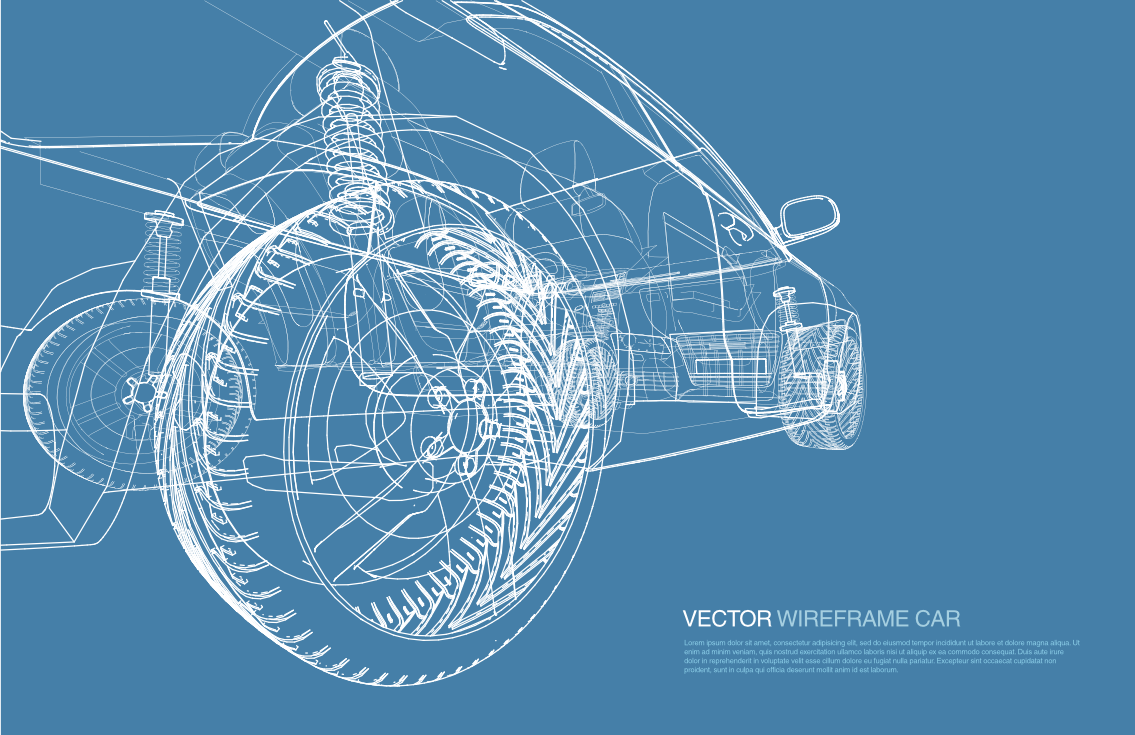Spawn your own Emulation Platform for $100
Create your own SoCFPGA based Emulator for $100 and upto 100X speedup, with an Embedded UVM testbench running on HPS and DUT mapped on FPGA.
Run UVM Tests with Vivado and with GHDL
Opensource and Free IEEE UVM 1.0 port complete with Constrained Reandomization, released under Apache2/Boost license.
Co-Simulate your DUT with Device Drivers
LLVM powered native compilation on ARM and other embedded processors, with runtime Footprint small enough to run UVM on Raspberry PI and Beaglebone.
Deploy UVM Testbenches on Software Stack
LLVM powered native compilation on ARM and other embedded processors, with runtime Footprint small enough to run UVM on Raspberry PI and Beaglebone.
Scale your Testbench to Multicore Servers
The first and yet the only UVM implementation that lets your testbench run on multiple cores. Lets your testbench scale on Multicore server machine.
